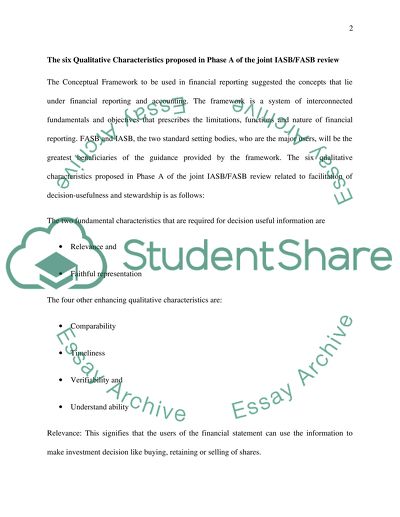Cite this document
(“The six Qualitative Characteristics proposed in Phase A of the joint Coursework”, n.d.)
Retrieved from https://studentshare.org/finance-accounting/1491853-the-six-qualitative-characteristics-proposed-in-phase-a-of-the-joint-iasbfasb-review
Retrieved from https://studentshare.org/finance-accounting/1491853-the-six-qualitative-characteristics-proposed-in-phase-a-of-the-joint-iasbfasb-review
(The Six Qualitative Characteristics Proposed in Phase A of the Joint Coursework)
https://studentshare.org/finance-accounting/1491853-the-six-qualitative-characteristics-proposed-in-phase-a-of-the-joint-iasbfasb-review.
https://studentshare.org/finance-accounting/1491853-the-six-qualitative-characteristics-proposed-in-phase-a-of-the-joint-iasbfasb-review.
“The Six Qualitative Characteristics Proposed in Phase A of the Joint Coursework”, n.d. https://studentshare.org/finance-accounting/1491853-the-six-qualitative-characteristics-proposed-in-phase-a-of-the-joint-iasbfasb-review.


